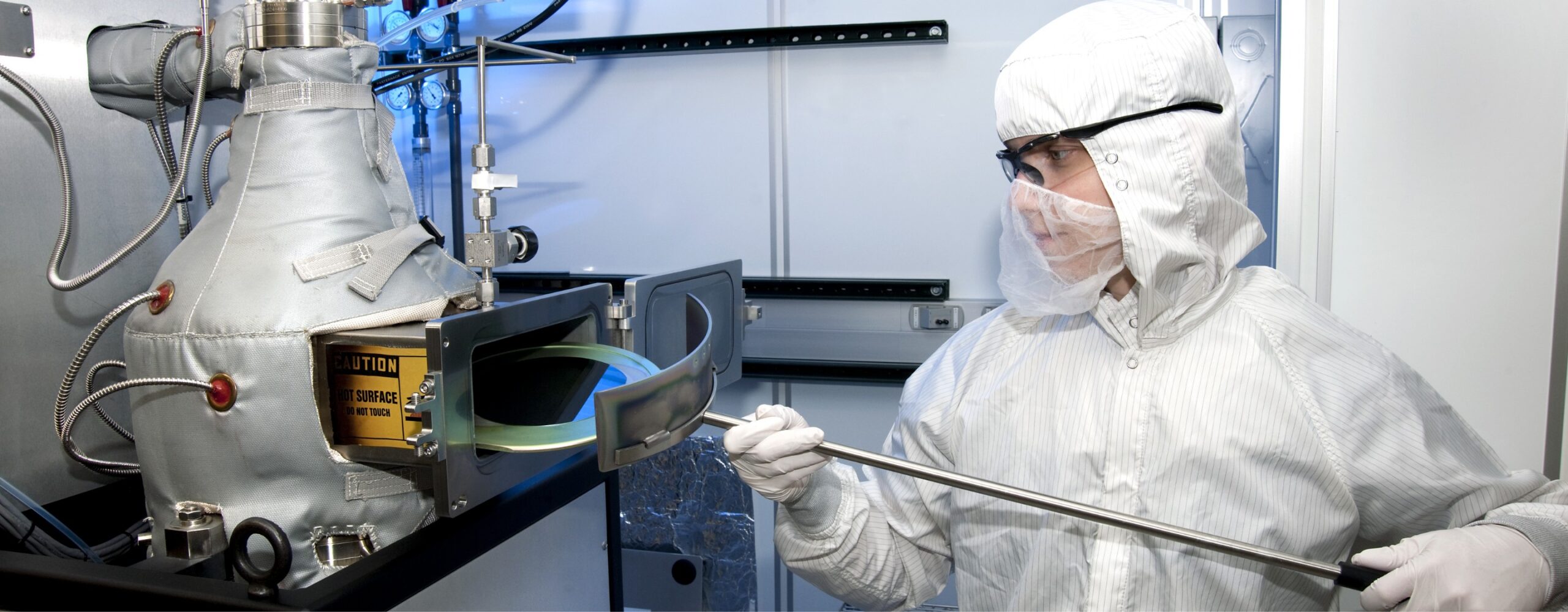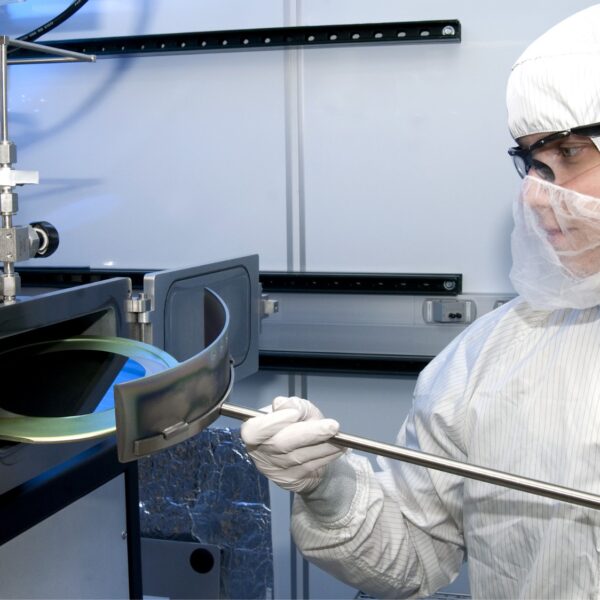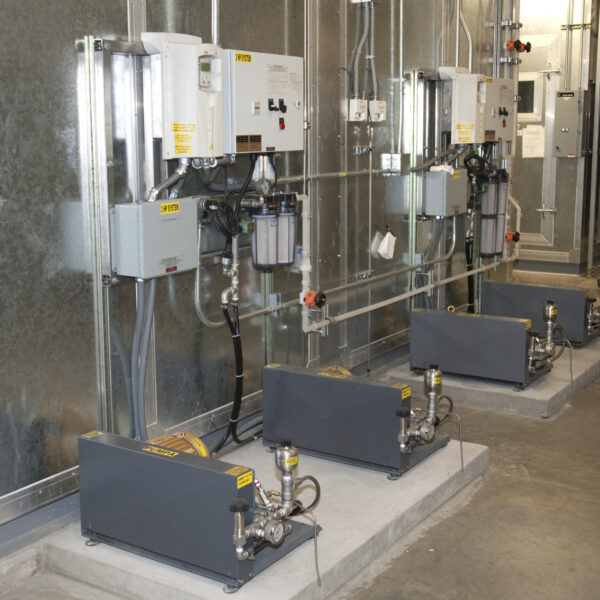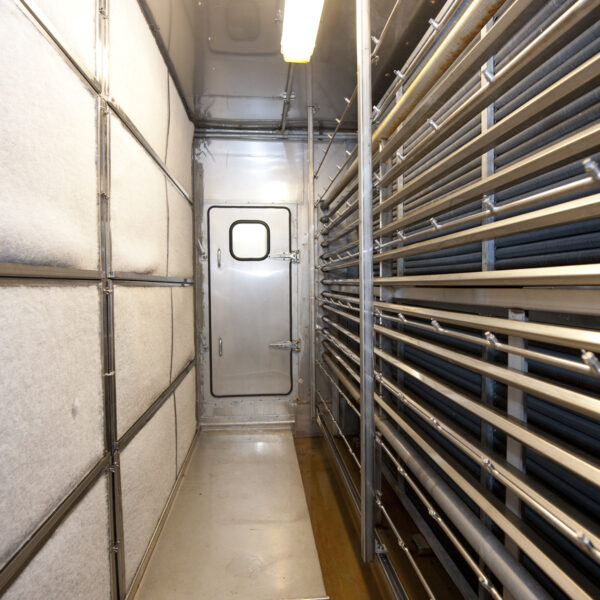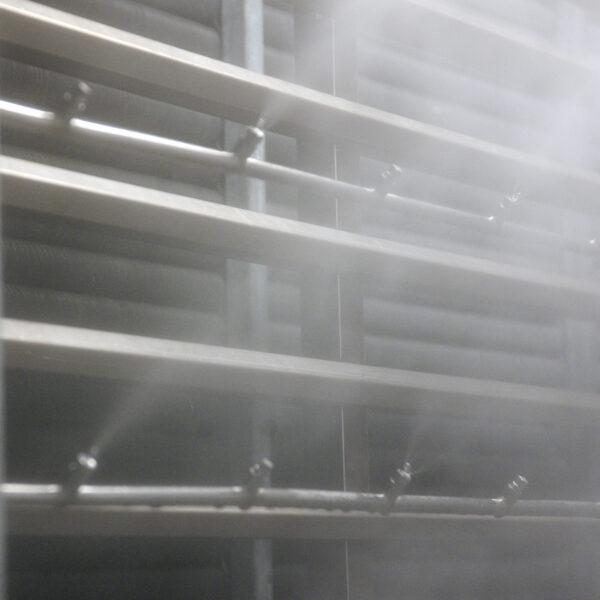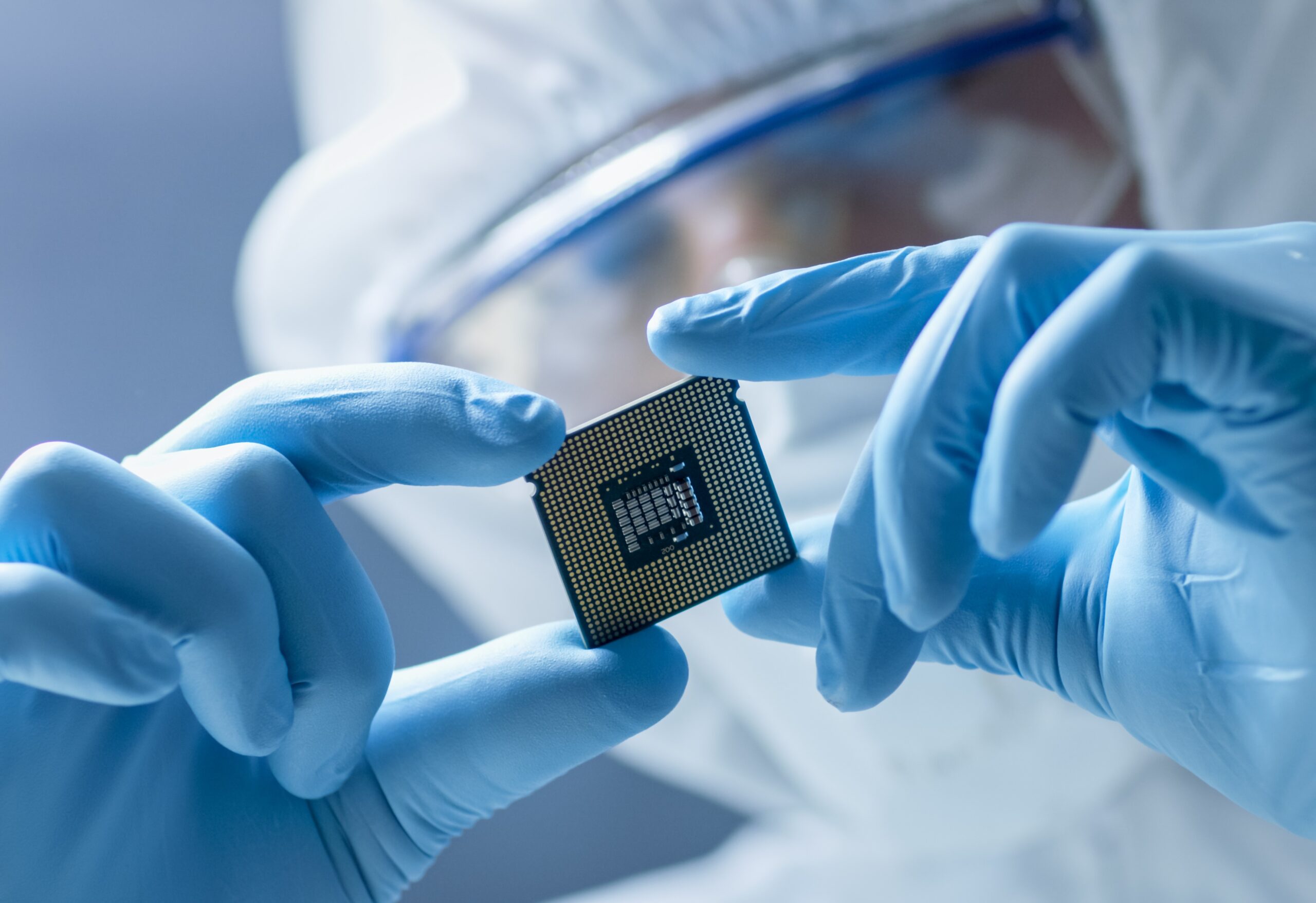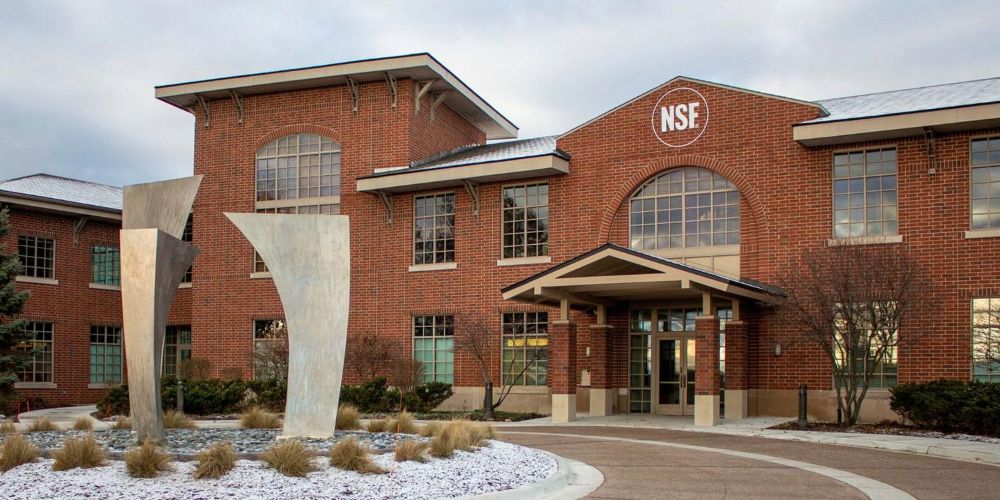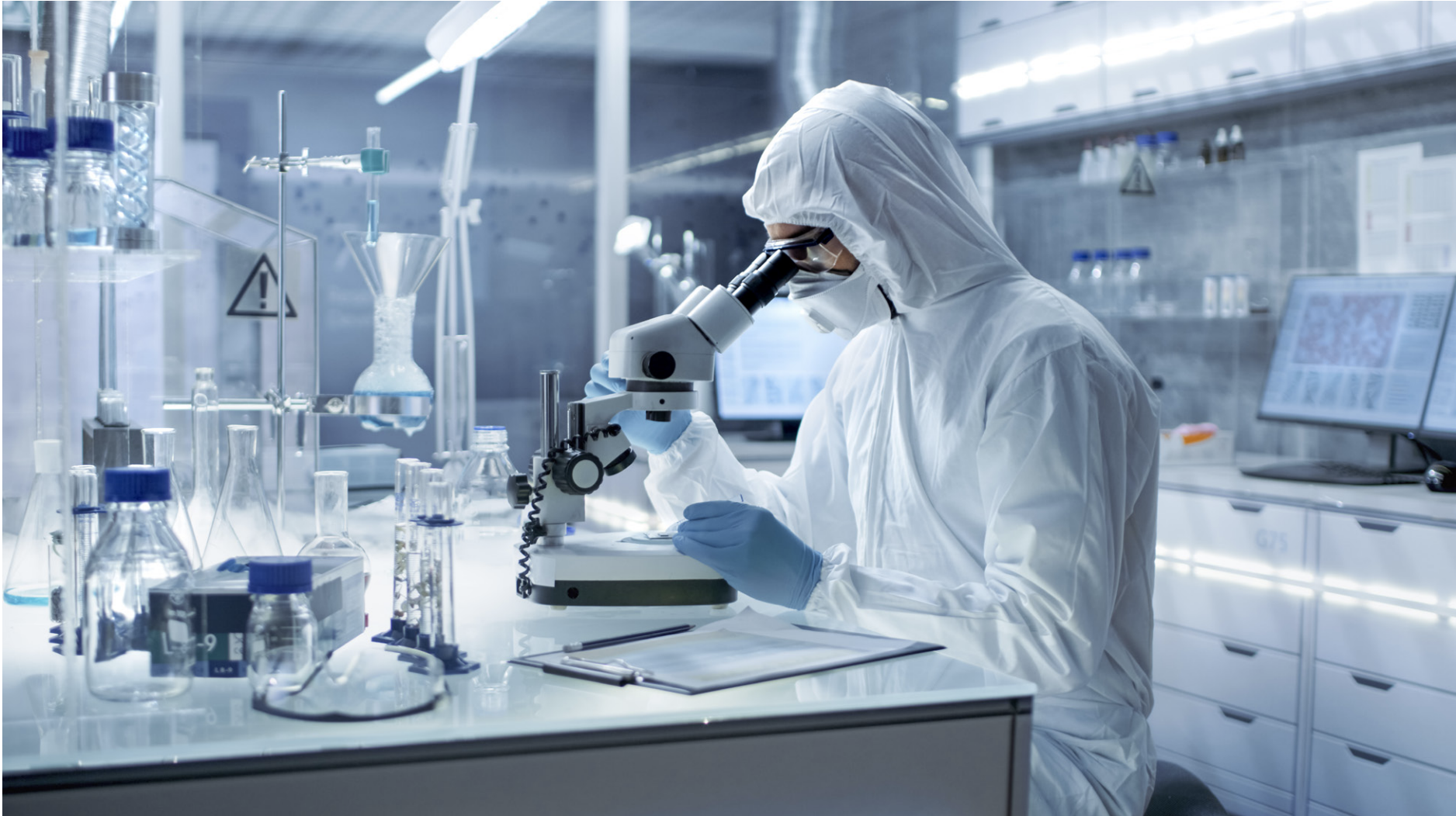Clean Rooms: Army Research Laboratory Uses CHP and MeeFog Humidification to Cut Energy and O&M Costs
Clean Rooms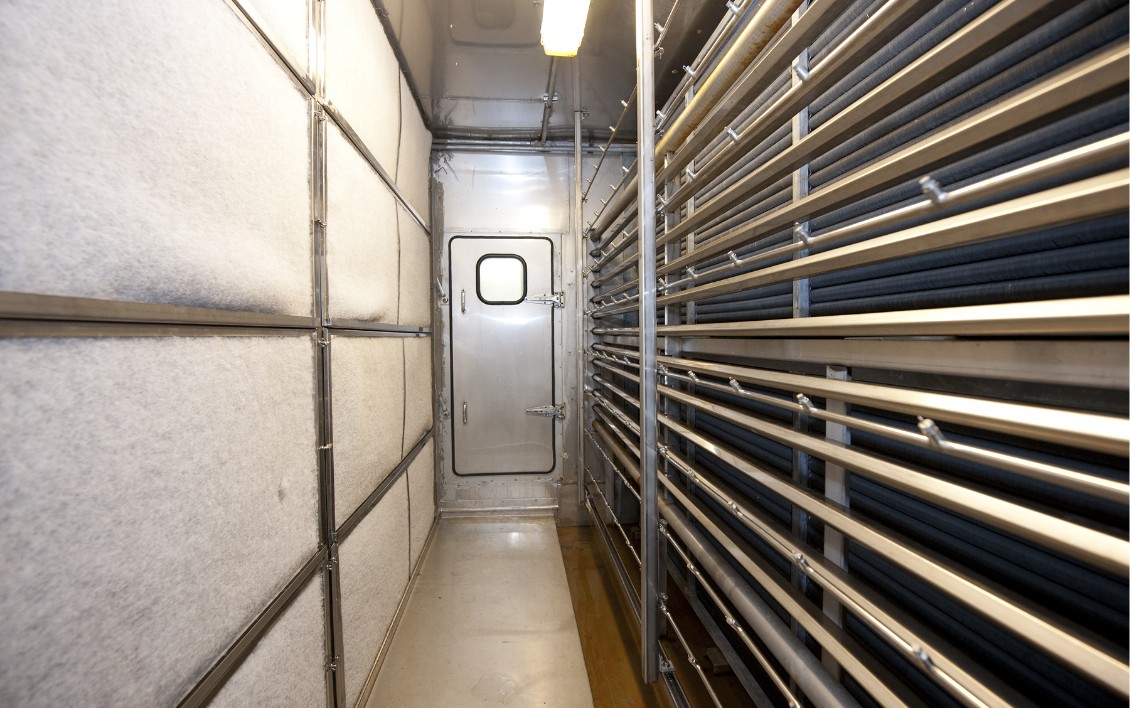
The Army Research Laboratory in Adelphi, Maryland had been using a boiler to provide hot water as well as steam humidification to two clean rooms. A MeeFog system was installed to provide humidification to both clean rooms, at a much lower cost and with less maintenance than the boiler.
While it would be great if life were simple, all too often solving a problem in one area leads to problems in another. Other times, what at first seems to be a problem may open up the door to opportunities for improvement. The Army Research Lab in Adelphi, Maryland found this to be true recently. The facility is going through a series of programs to improve its energy efficiency. One step called for installing an onsite generator and using the waste heat to replace the boiler generated hot water. However, the boiler was also producing steam to humidify some of the laboratory’s clean rooms. By replacing the steam humidification system with a MeeFog humidification system, the ARL was able to go ahead with its cogeneration plans and found a way to reduce energy and maintenance costs at the labs other buildings.
The Physical Site
The ARL is the primary tenant of the Adelphi Laboratory Center (ALC), a 207 acre facility in the Northwest Washington, DC suburb of Adelphi, Maryland. The ALC has 37 buildings, more than a million square feet total, containing research and laboratory space, explosives storage, utility plants, maintenance yards, fabrication shops and administrative offices. One of those 37 is the Zahl Physical Science Laboratory. Built in the 1990s, the 375,000 square foot Zahl Building houses research into areas such as sensors, batteries and microelectronic devices to be used in military detection and weapons systems. Tom Bradford was with the Army Corps of Engineers during the Zahl Building construction and was asked to stay on after its completion. He is now Chief of the ARL’s Engineering Division in the Directorate of Public Works. Originally the Zahl Building had media type evaporative humidifiers, and these were good enough for most purposes. But then the building added U.S. Federal Standard 209E Class 10 and Class 100 cleanrooms (equivalent to ISO Class 4 and Class 5). Together the clean rooms are 105,000 square feet and require 60,000 cfm of 100% outside air to fully exhaust any particles or fumes from the rooms. At that point, the evaporative humidification was no longer adequate to meet the wintertime requirements.
“The clean room makeup air handlers are based around a 40° supply air temperature, and it is difficult to get the water to evaporate from the fill at that temperature,” says Bradford. “When the Class 10 clean room was added, a modification was made to change over to steam, but it turned out after commissioning that during some very cold and dry seasons, that steam humidification was inadequate.”
Challenge:
The Army Research Laboratory in Adelphi, Maryland had been using a boiler to provide hot water as well as steam humidification to two clean rooms. It recently installed a combined heat and power system in its central utility plant, but the hot water generated was not hot enough to provide needed humidification.
Solution:
A Meefog system was installed to provide humidification to both clean rooms, at a much lower cost and with less maintenance than the boiler.
Installation Challenges/Specifications
To save energy costs, the ARL retrofitted the central utility plant with a Combined Heat and Power (CHP) Cogeneration system. The existing high temperature hot water generator and the existing chiller were removed and two 1.1 MW Waukesha natural gas reciprocating combustion engines were installed.
There was one problem that had to be resolved before switching over to the CHP system. The old High Temperature Hot Water (HTWH) system operated at 400°, which was hot enough to produce steam to humidify the Zahl Building clean rooms. The CHP hot water system operates at 250°, hot enough for process water, but not enough for steam humidification. The boilers could be kept on line to provide the necessary steam, but it would be expensive to run them just to humidify the labs, slashing the savings the ESPC was supposed to produce.
The Installation
To address this issue Ameresco and the ARL opted to go with a MeeFog humidification system from Mee Industries, Inc. of Irwindale, California. The MeeFog system uses a high pressure pump to direct water to an array of impaction pin nozzles in the air handler. These nozzles atomize the water into billions of droplets which quickly evaporate in the air stream, raising the humidity to the desired level. Although clean rooms originally used media type evaporative coolers, Bradford says that the MeeFog system is different in that it breaks the water into such tiny droplets that the surface to volume ratio of the water is high enough to allow rapid evaporation, even during the winter.
“The MeeFog system presents a lot more surface area of water to the air, which makes it easier to evaporate,” says Bradford. “It is much more difficult to get the air to absorb the water from a media evaporative humidifier.”
Mee provided the ARL with two MeeFog systems. For Makeup Air Unit (MAU) 1, there was a 5 HP duplex pump with a backup (N+1) providing 1,512 lbs. of moisture per hour. For MAU-2, is a 3 HP duplex pump system (also N+1) providing 739 lbs./hr. The MeeFog systems use water from the lab’s deionized water system and so a section of the each air handler needed to be lined with stainless steel.
“Deionized water was used because the clean rooms need to have very clean water put in the air,” says Bradford. “If we did put a lot of calcium or phosphates into the air, it would Load up the HEPA filters pretty quickly.”
Cost/Benefit Analysis
With the new Meefog systems in place, the ARL was able to cap off the steam lines and shut down the boiler. Although the CHP plant just came online in mid-year, they estimate FY 2012 savings of $127,000. The Meefog systems went on line more than a year earlier and it has proved to be a lot less expensive to operate and maintain than the steam humidifiers.
“The boilers are old and tired, they have failed or are failing, and they are quite expensive to keep running. From an O&M standpoint, we prefer the MeeFog system.”— Tom Bradford, Chief of the ARL’s Engineering Division
Installation Gallery
Project Conditions
Location: Adelphi , MD, USA
Air Handling Units: 60,000 CFM
(100% outside air)
Mee’s scope of work: Supply of fog pump skid, staging valves, nozzle manifolds, mist eliminators. Supervision of startup.
Fog System Design
MeeFog nozzle count: 140
Square footage: 155,000
Humidification capacity: 2,250 #/hr
Max gpm/hp: 4 gpm @ 3 hp
Humidification stages: 3
Want to Know More?
Read and learn more about the efficiency of Meefog’s Fogging Humidification Systems.
